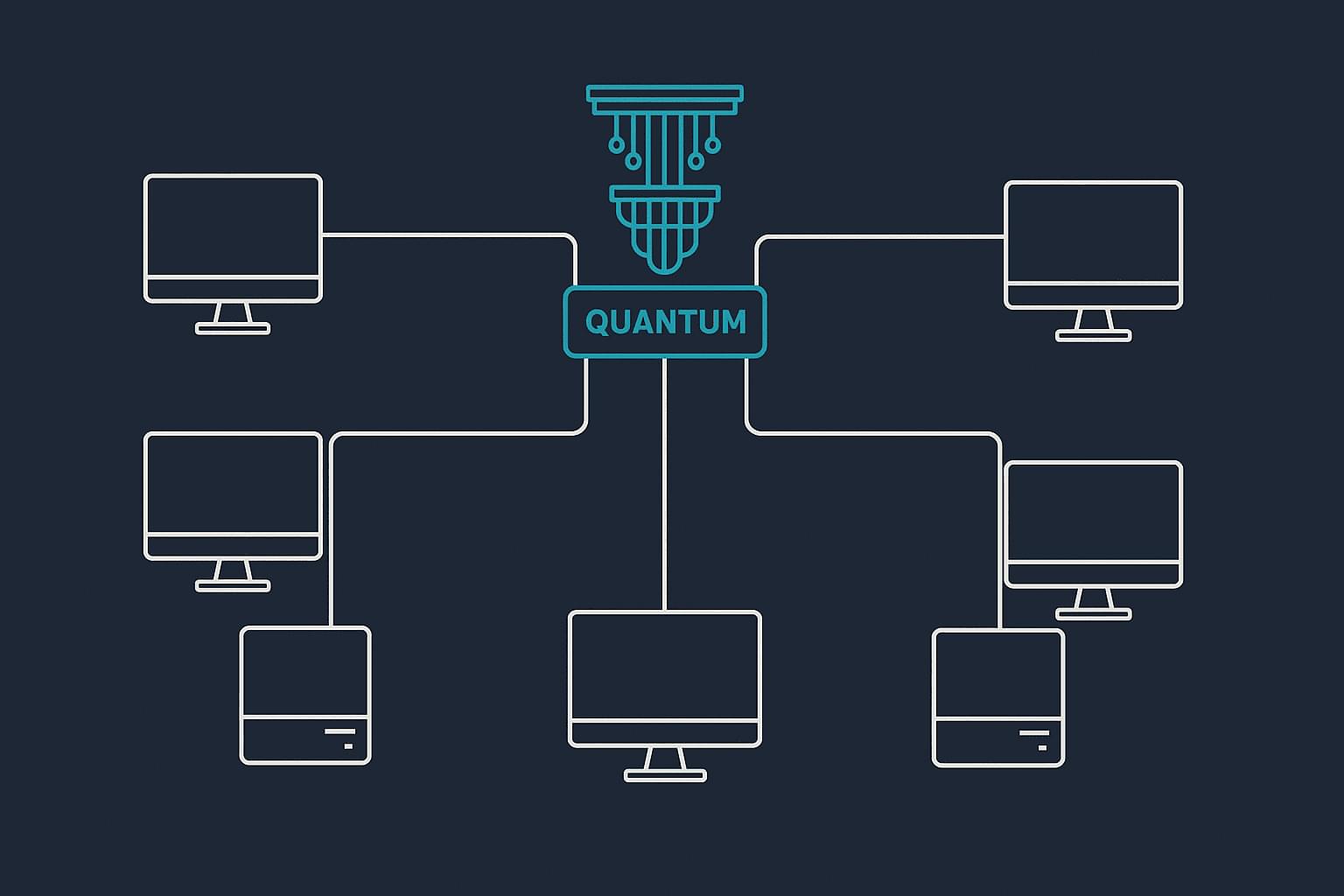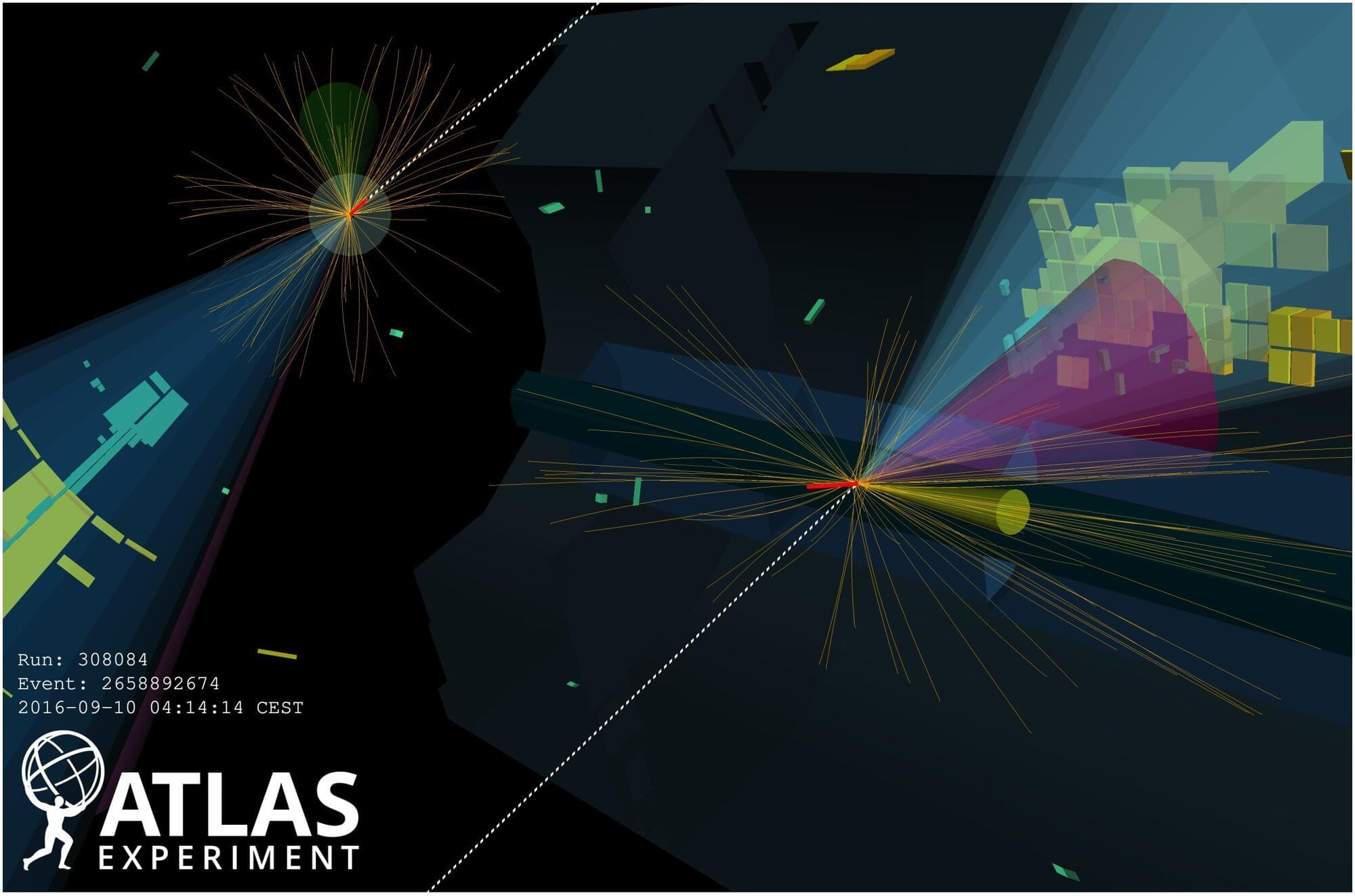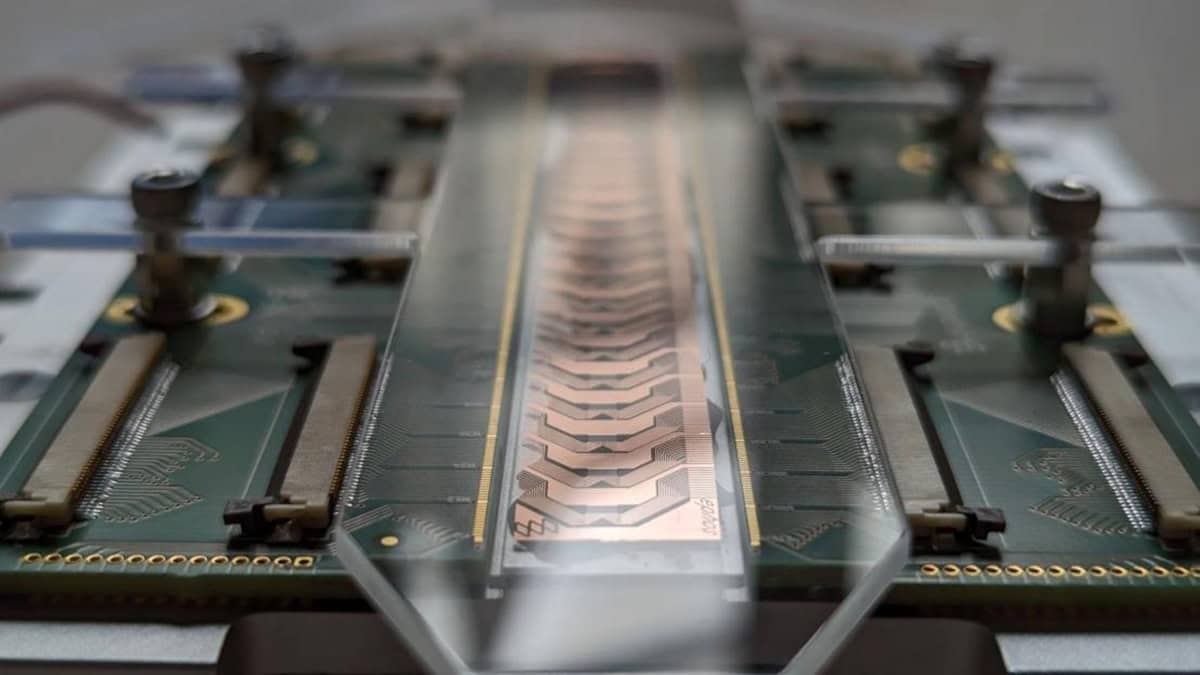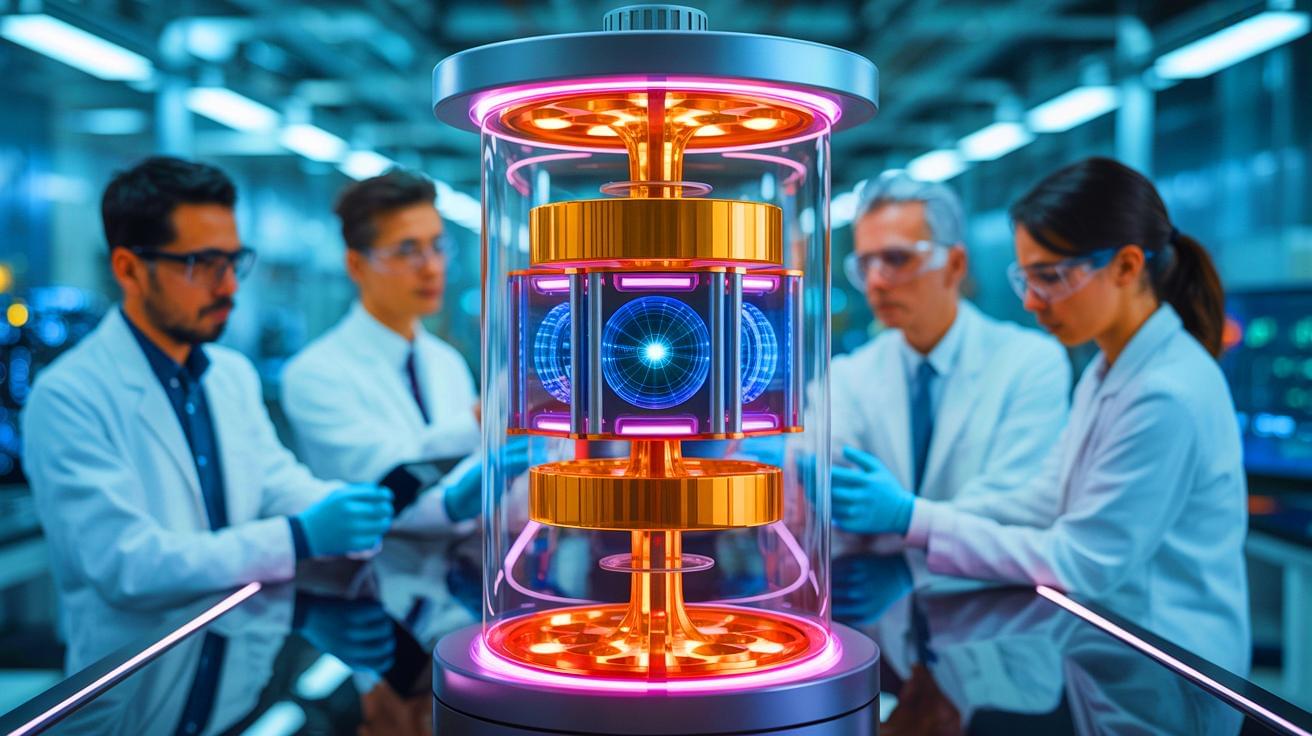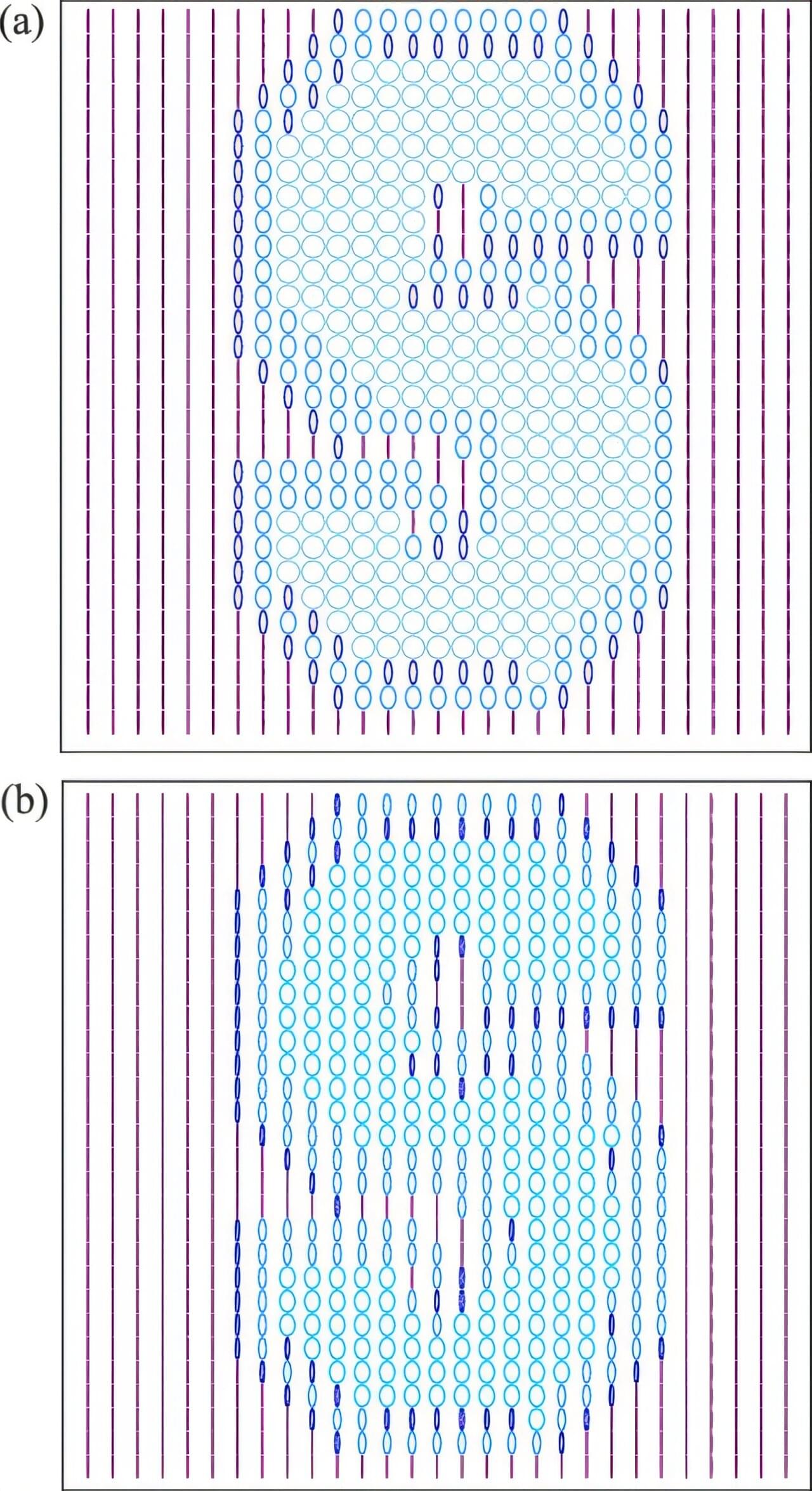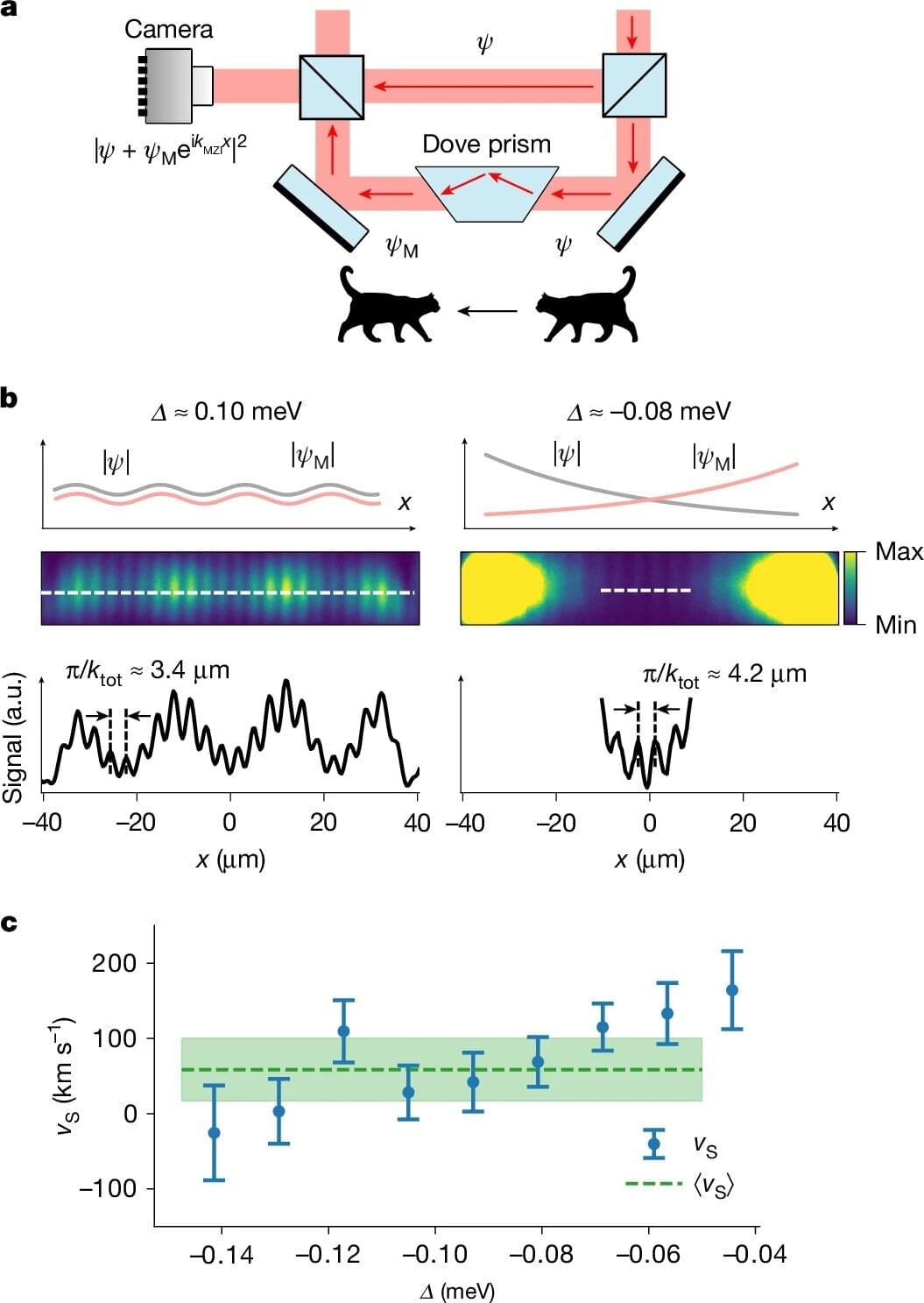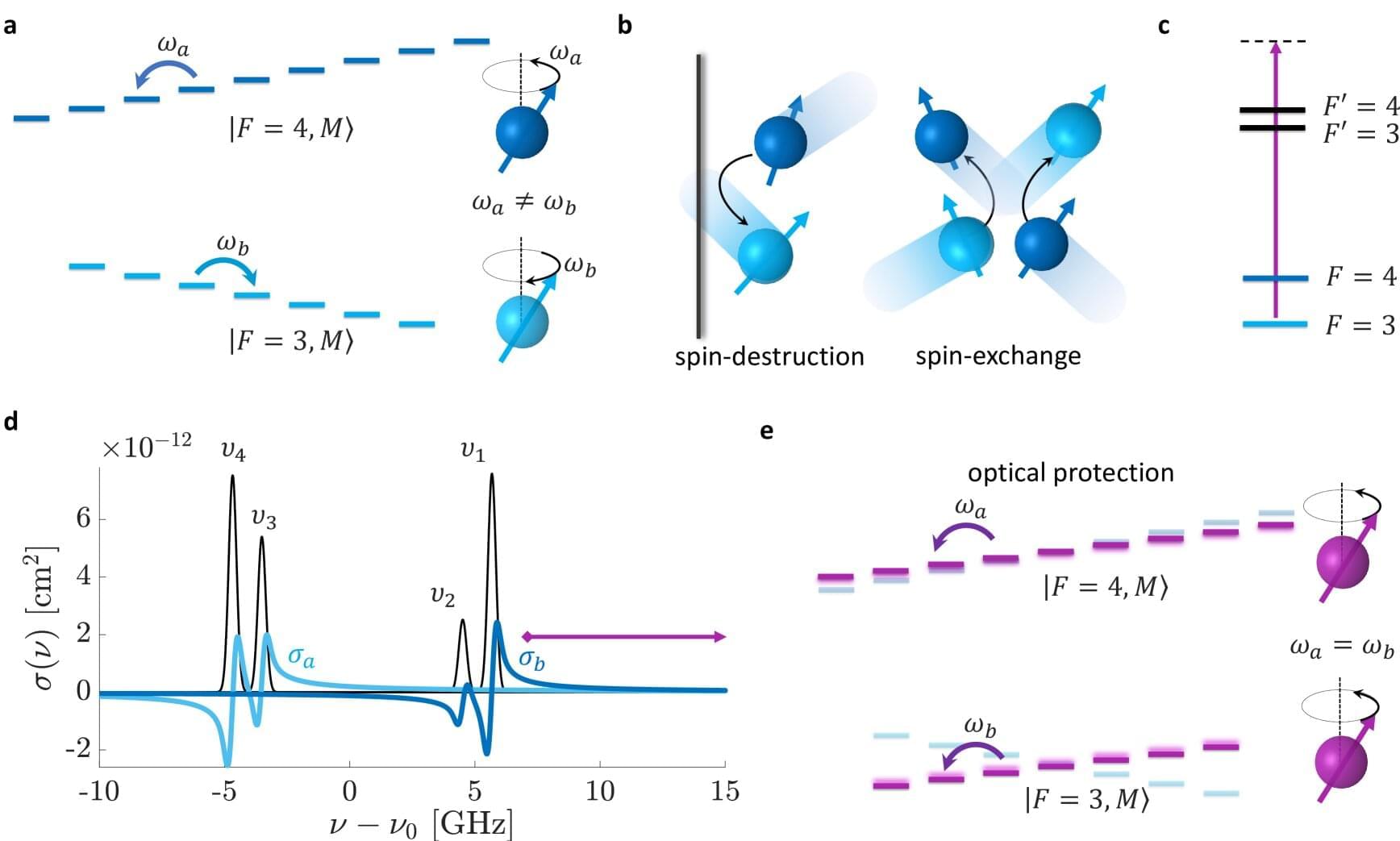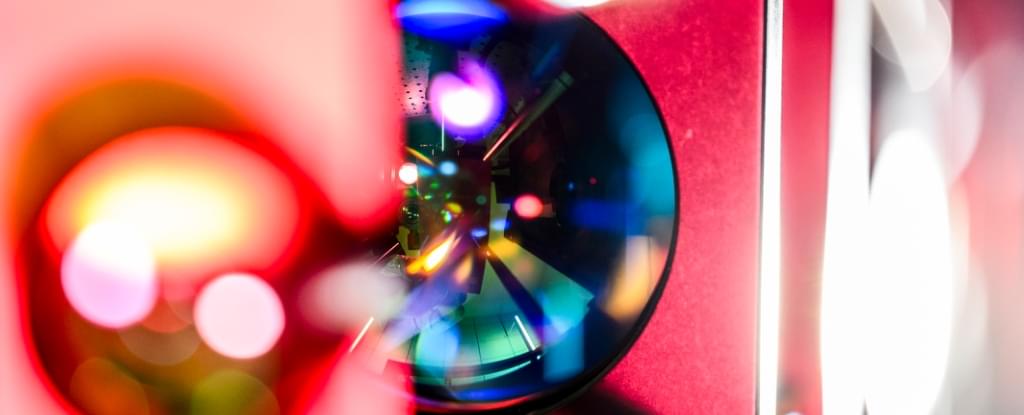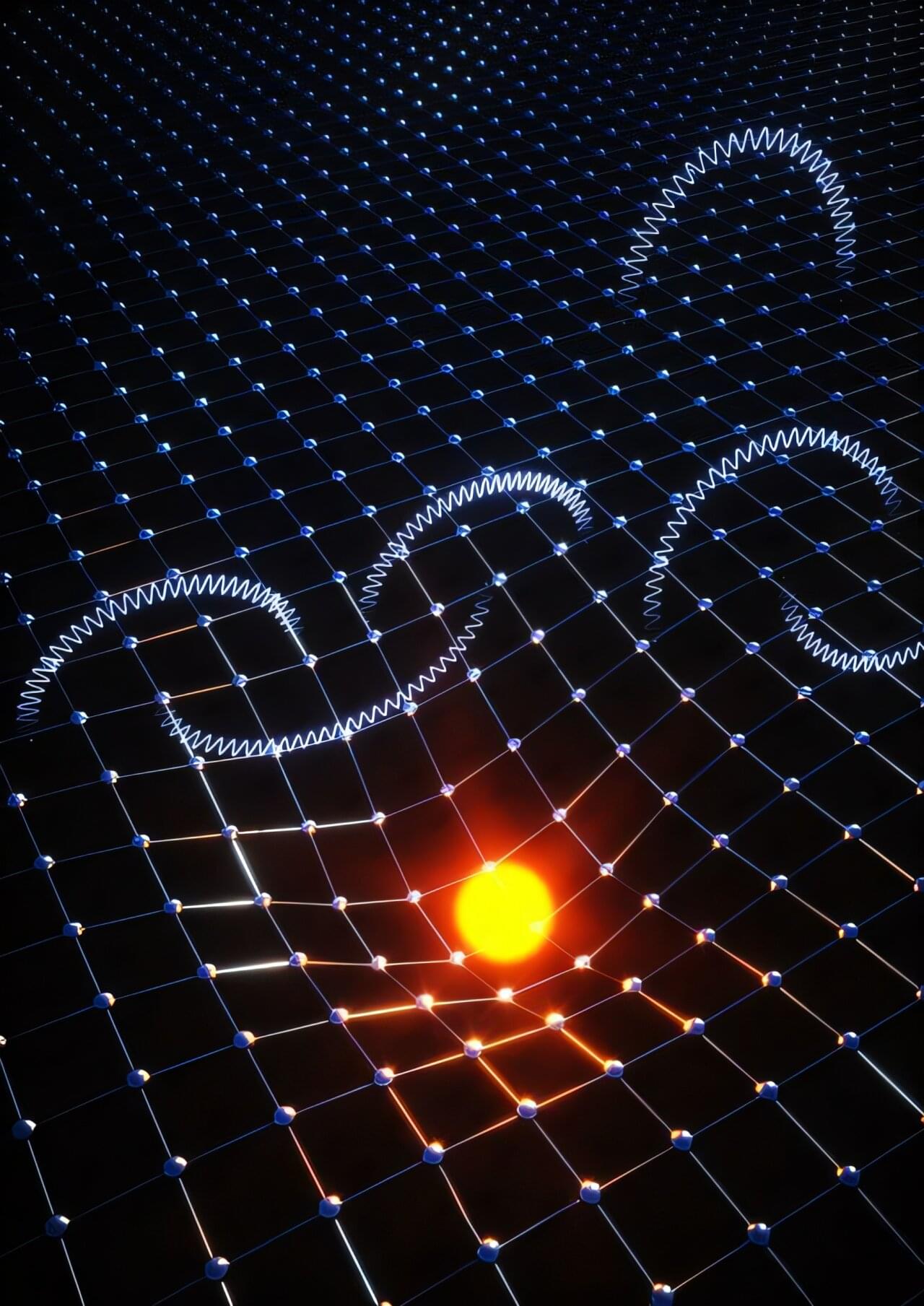PRESS RELEASE — Quantum computers have operated under a significant limitation: they can run only one program at a time. These million-dollar machines demand exclusive use even for the smallest tasks, leaving much of their expensive and fast-running hardware idle and forcing researchers to endure long queues.
Columbia Engineering researchers have developed HyperQ, a novel system that enables multiple users to share a single quantum computer simultaneously through isolated quantum virtual machines (qVMs). This key development brings quantum computing closer to real-world usability—more practical, efficient, and broadly accessible.
“HyperQ brings cloud-style virtualization to quantum computing,” said Jason Nieh, professor of computer science at Columbia Engineering and co-director of the Software Systems Laboratory. “It lets a single machine run multiple programs at once—no interference, no waiting in line.”
